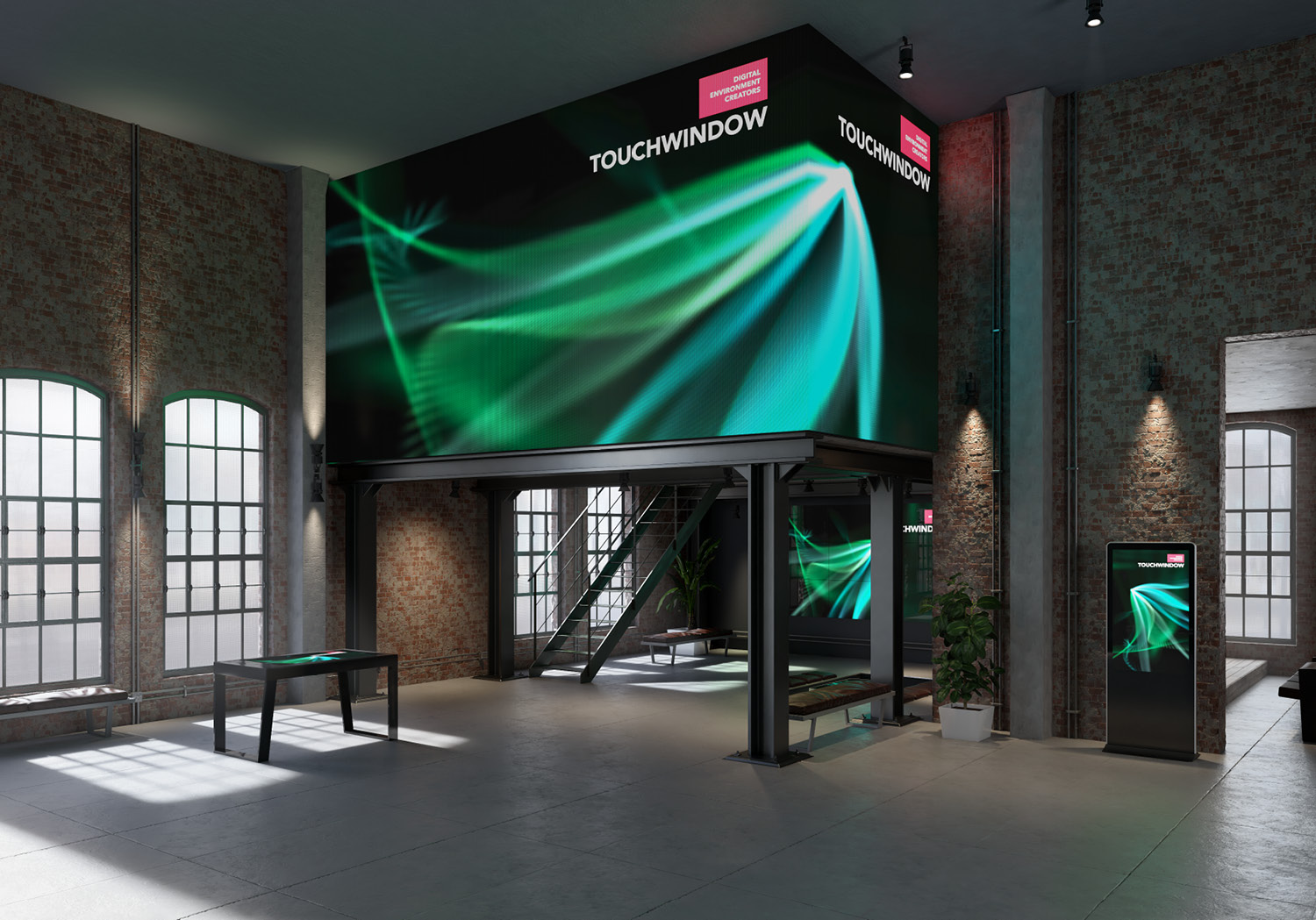Perfecting Hue Precision in Light Emitting Diode Display Calibration for Breathtaking Visual Presentations
Perfecting Hue Precision in Light Emitting Diode Display Calibration for Breathtaking Visual Presentations
Blog Article
Color accuracy is essential for creating breathtaking visual displays, particularly when employing LED screens. These massive screens are commonly found in locations like concert venues, athletic arenas, and advertising billboards. When the colors on an LED wall are not correct, the visuals can look dull or warped, which can impact the total experience for viewers. Therefore, perfecting color precision in LED screen calibration is vital for attaining lively and realistic visuals.
The initial step in guaranteeing color precision is comprehending how LED systems works. LEDs, or light-emitting diodes, produce light in multiple shades by mixing red, green, and blue (RGB) light. Each dot on an LED screen is made up of these three colors. When calibrated correctly, the combination of RGB can create a wide range of hues. However, if one hue is too intense or too dim, it can throw off the entire display. This is why tuning is necessary to equalize the colors and achieve the intended visual effect.
Calibration entails modifying the settings of the LED wall to make sure that the colors shown match the original news content as closely as feasible. This process typically involves using specialized software and hardware instruments. Technicians often use color assessment devices, such as spectrophotometers, to analyze the hues being shown. By contrasting the measured hues to standard color values, they can make exact adjustments. This guarantees that the colors are not only lively but also consistent across the entire screen.
Another crucial factor of color accuracy is comprehending the environment in which the LED screen is used. Factors such as ambient light can considerably impact how colors look. For example, a well-lit lit room may wash out colors, making them look less lively. To mitigate this, technicians may adjust the brightness and differentiation settings of the LED wall. Additionally, they may select specific color settings that are better appropriate for different lighting environments. This adaptability helps preserve color accuracy irrespective of the viewing surroundings.
Ultimately, regular maintenance and recalibration are essential for keeping an LED screen looking its best. Over time, the performance of LEDs can alter due to elements like aging and heat fluctuations. Frequent inspections and adjustments can help guarantee that the hues remain correct and lively. By investing time in appropriate tuning and maintenance, venues can offer viewers with stunning graphic displays that enhance their overall impression. Mastering color accuracy in LED wall calibration is not just a technical task; it is an art that adds to the magic of visual storytelling.